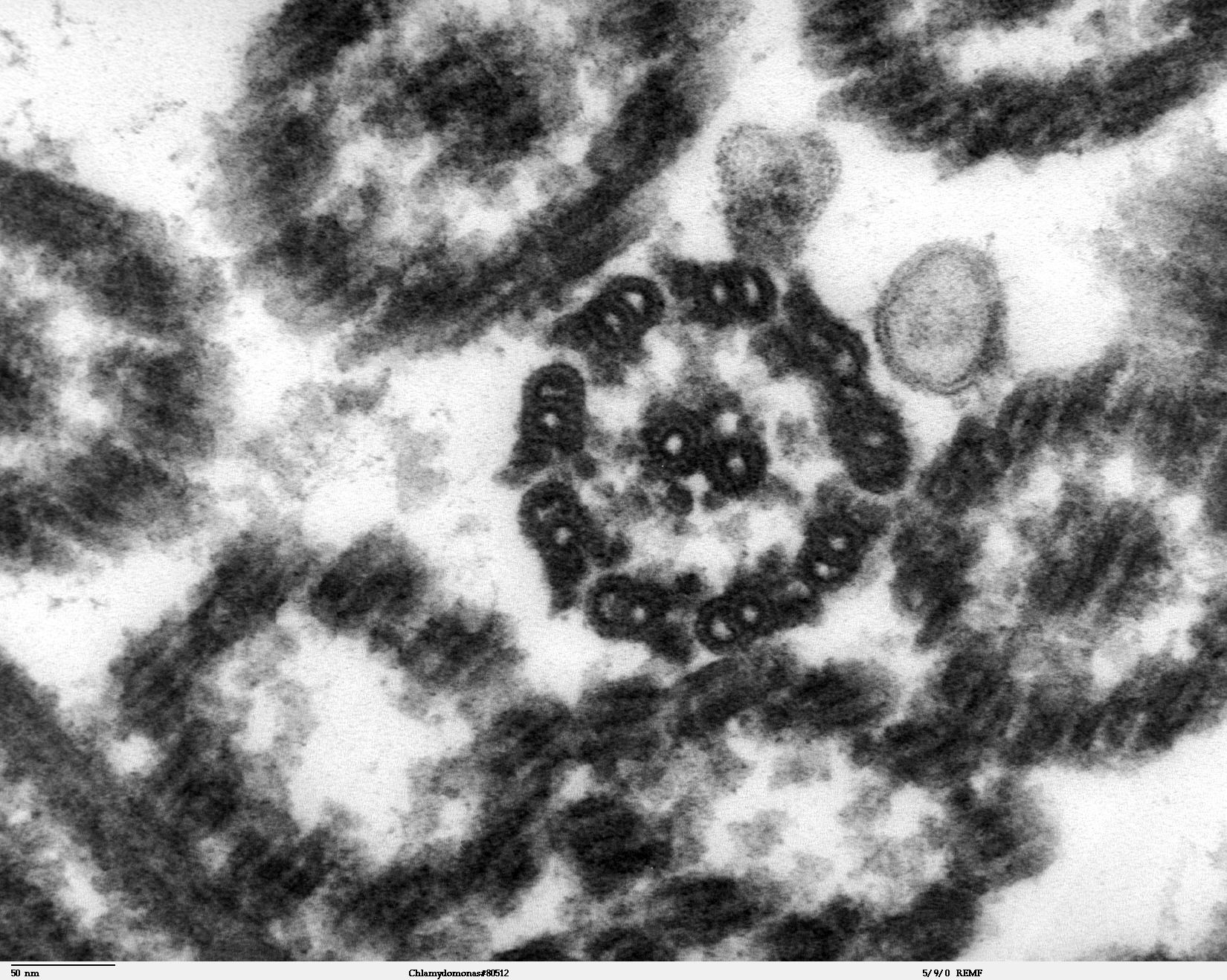-
 Electrolyte
Electrolyte
-
 Smart phone
Smart phone
-
 Demersal
Demersal
-
 Motility
Motility
-
 Metastasis
Metastasis
-
 Scots pine
Scots pine
-
 Up quark
Up quark
-
 Addiction
Addiction
-
 Central antihypertensive
Central antihypertensive
-
 Western red cedar
Western red cedar
-
 Vitelline sac
Vitelline sac
-
 Effinergie
Effinergie
-
 Erenna
Erenna
-
 Accretionary prism
Accretionary prism
-
 Necrosis
Necrosis
-
 Constellation of Andromeda
Constellation of Andromeda
-
 Poisson brackets
Poisson brackets
-
 ID3
ID3
-
 Heterotrophism
Heterotrophism
-
 Slurry pipeline
Slurry pipeline
-
 Human papillomavirus
Human papillomavirus
-
 Elongated facies
Elongated facies
-
 Debye force
Debye force
-
 Weightlessness
Weightlessness
-
 Swallowtail
Swallowtail
-
 Empress tree
Empress tree
-
 Galileo
Galileo
-
 Lychee
Lychee
-
 Antibiotic resistance
Antibiotic resistance
-
 Biopiracy
Biopiracy
Transmission electron microscope
A transmission electron microscope is an electron microscope used to see objects far smaller than cells.
Transmission electron microscopetechnique
The transmission electron microscope (TEM) uses a high voltage electron beam emitted by an electron gun. Electromagnetic lenses are used to focus the electron beam on the sample. As the electron beam passes through the sample and the atoms it is composed of, it produces different forms of irradiation. In general, only transmitted electrons are then analysed by the detector that translates the signal into a contrast image.
Samples must be prepared using a specific protocol which must both preserve their structure and make it a conductor to allow the electron beam to pass through. Very thin sample sections are prepared using an ultramicrotome (60 to 100 nanometres). Heavy metal stains can also be used to increase the specific structures in the samples that have been placed on the observation grids.
Using of the transmission electron microscope
While sample preparation takes longer and is more demanding than for light microscopy, the resolution offers an unparalleled view of structures. The transmission electron microscope can visualise intracellular organelles, viruses, and crystals, etc.
 A section of a Chlamydomanas reinhardtii flagellum seen under transmission electron microscopy. © DR
A section of a Chlamydomanas reinhardtii flagellum seen under transmission electron microscopy. © DR
Latest
Fill out my online form.



